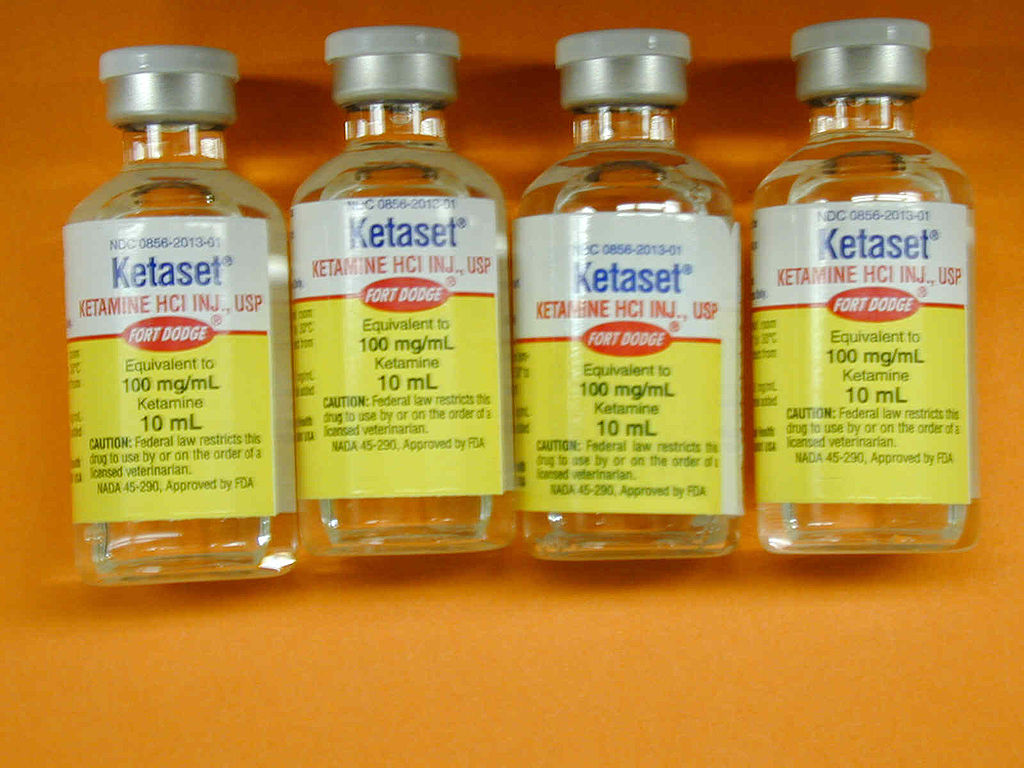Ketamine Infusions Safe and Effective in Treating Chronic Pain
/By Pat Anson
There are many pros and cons about the therapeutic effects of ketamine. When misused, the anesthetic drug can lead to tragedy – such as the accidental drowning death of actor Matthew Perry. And although ketamine is increasingly used to treat depression and other psychiatric disorders, the FDA “has not determined that ketamine is safe and effective for such uses.”
Even ketamine’s use as a pain reliever has been challenged, with a recent study finding “a lot of uncertainty” about its effectiveness in treating difficult chronic pain conditions such as Complex Regional Pain Syndrome (CRPS). The authors of that study said they could find “no convincing evidence” that ketamine delivered meaningful benefits to people in pain.
A new study at the Cleveland Clinic debunks many of those findings. After following over 1,000 pain patients who received ketamine infusions, researchers concluded the infusions are safe and effective for people with chronic pain.
“We know millions of Americans are suffering from chronic pain and this research addresses critical gaps in pain management and shows a significant step forward in improving care for those patients who have otherwise exhausted all other treatment options,” said co-author Pavan Tankha, DO, medical director of Comprehensive Pain Recovery in the Cleveland Clinic’s Neurological Institute.
“The findings of the research represent a meaningful step toward improved quality of life and may accelerate access to this treatment option for patients all over the country.”
Tankha and his colleagues focused on outpatients who received low dose ketamine infusions – 0.5 mg/kg over 40 minutes for five consecutive days. Their findings, recently published in the journal Regional Anesthesia & Pain Medicine, show that over 90% of patients completed all five treatment days, demonstrating the feasibility of outpatient infusions.
Although pain relief in most patients “did not reach clinically meaningful thresholds,” up to 46% reported improvements in their pain, daily functioning, sleep, anxiety, depression, fatigue and quality of life. The improvements were sustained over 3 and 6-month follow up periods, with 80% of patients returning for additional infusions, a telling sign the treatment has benefits.
The research also demonstrated that low-dose ketamine has minimal side effects. Hallucinations, the most common side effect, were rare. No serious adverse events were reported by any patients.
“This study provides evidence for ketamine's role in chronic pain management,” said co-author Hallie Tankha, PhD, a clinical pain psychologist in the Cleveland Clinic’s Primary Care Institute.
“This is in line with my clinical experience as a pain psychologist, as patients often describe ketamine infusions as ‘life changing.' I'm encouraged by treatments that can be integrated into comprehensive care approaches, and this study demonstrates ketamine can be safely and effectively implemented in pain management settings.”
Researchers say their findings demonstrate that ketamine infusions can be part of a pain management program, when combined with behavioral therapies and patient education. The findings also give hope to millions of pain sufferers with complex conditions that have not responded to conventional treatment.
“Given the limited evidence for ketamine infusion protocols in chronic pain and existing access barriers, these real-world findings may help inform patients, payers, and healthcare systems about the potential of standardized KIT (ketamine infusion therapy),” researchers concluded. “Our findings support integration into multidisciplinary pain centers and lay the groundwork for generating evidence needed for policy and coverage decisions.”
Although the FDA has not approved the use of ketamine in treating pain, some professional medical organizations have for certain conditions. The American Society of Anesthesiologists, American Society of Regional Anesthesia and Pain Medicine, and the American Academy of Pain Medicine have guidelines that support ketamine infusions for CRPS, chronic neuropathic pain and short-term acute pain.

















